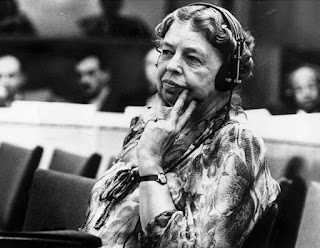I found a yellowed newspaper
clipping tucked away in a seldom-disturbed file. The partial editorial was
written August 1, 1976, after the Montreal Olympics. The unknown writer’s
comments can still bring tears to my eyes.
Olga Korbut of the USSR had been the
darling of the 1972 Olympics. Now younger girls outshone her, and she looked
lost and lonely. Then she won a silver medal in her final event, and “the crowd
stood up and screamed its acclaim.… They were there for Olga Korbut when she
needed it most ― and it was good to see.”
One other incident stood out for
the writer. A young black American, Edwin Moses, won the hurdles and set a
world record. “But there were records everywhere. It would have passed and
nobody would have really cared very much.” But an unknown American named Mike
Shine, who won the silver second, could not contain his joy. He raced over to
Moses and hugged him. Moses hugged him back.
“And the crowd saw it, too. And
they went slightly insane.
“And when the two young men ― one
black, one white ― circled that track grinning and waving and swept up in the
incredible wonder of the moment ― that mob from a score of countries stood and
screamed for minutes.”
There may be a lot wrong in the
world, but there is also a lot right.












